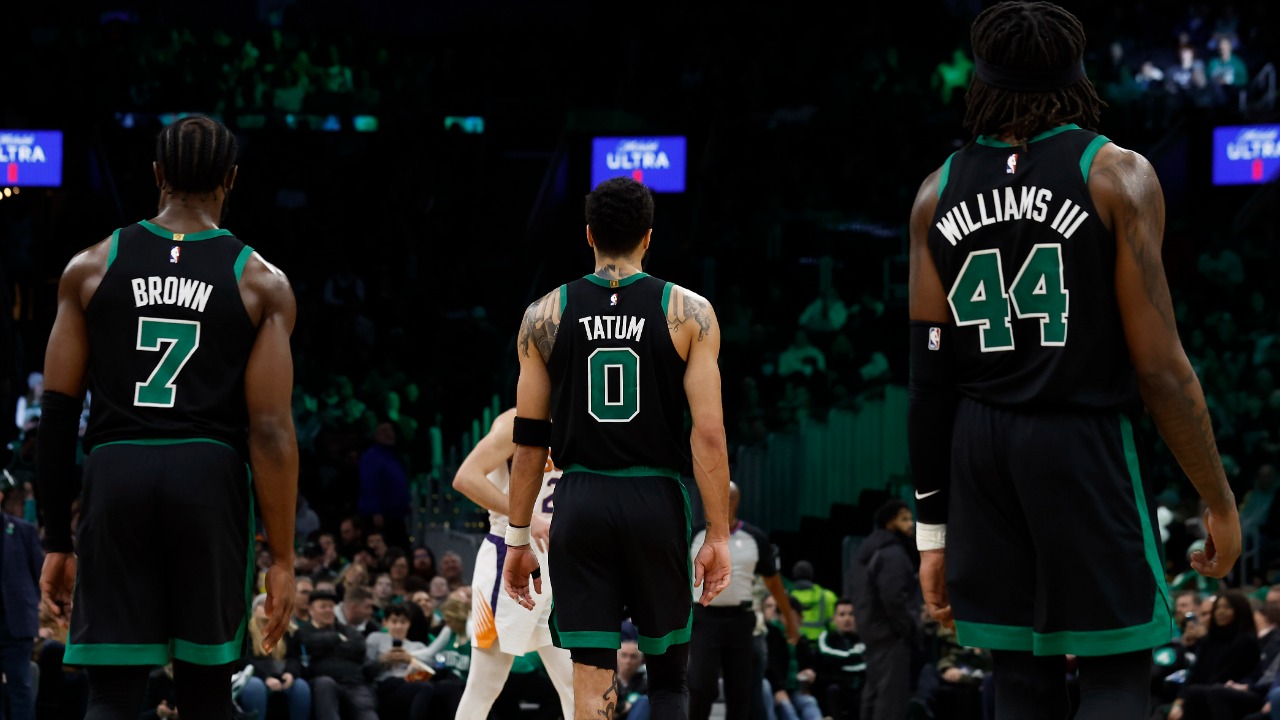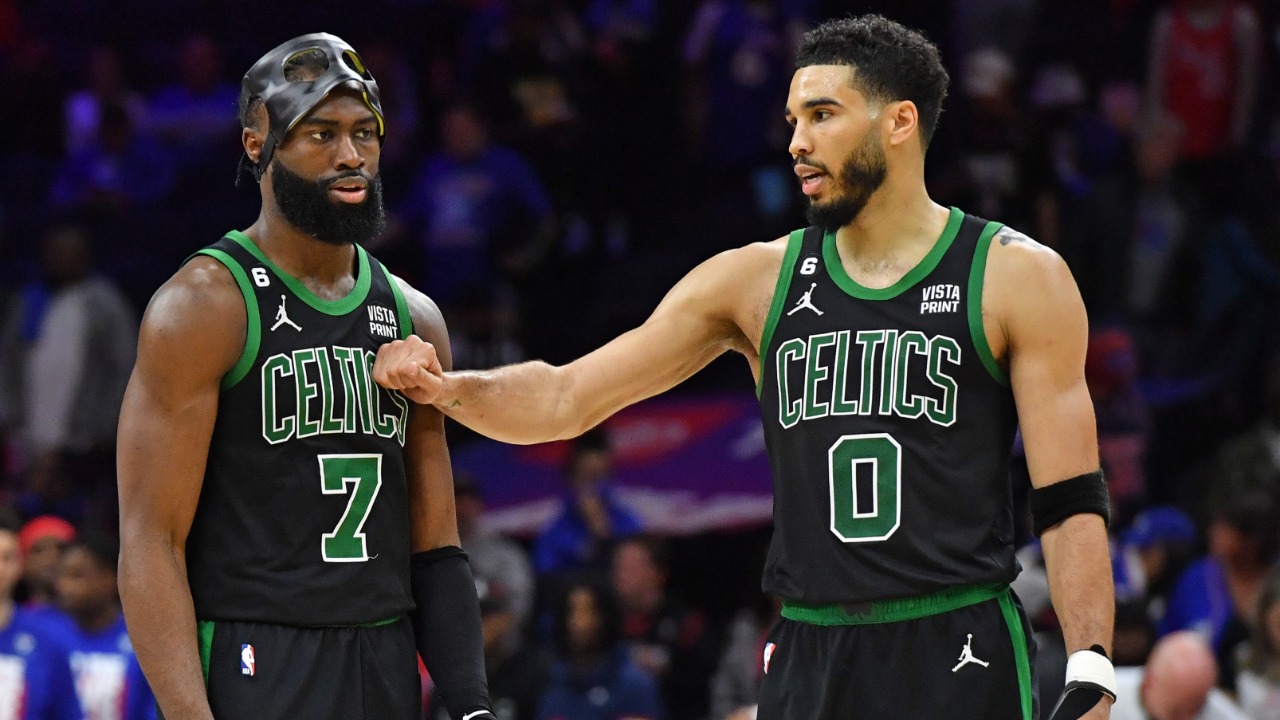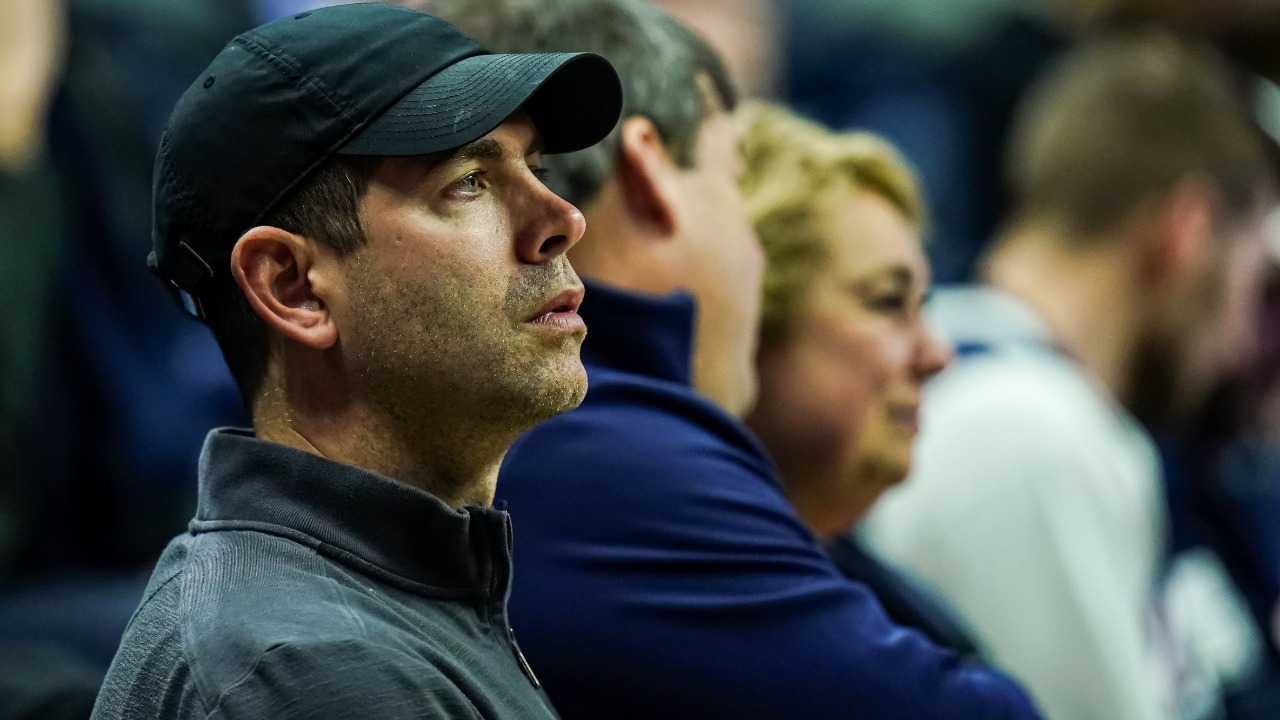Here are three words every basketball player knows, from the playground to the rec league to the NBA, and I hope the Celtics heed them this summer: Run it back.
In a league where everyone except the Suns is frantically gathering jetsam to toss overboard ahead of the new CBA, the Celtics reportedly hope to thin their veteran backcourt so they'll be better positioned financially to handle massive extensions for Jaylen Brown and Jayson Tatum that loom this summer and next.
The most likely player to go is reigning Sixth Man of the Year Malcolm Brogdon, a key contributor until an unfortunately timed tendon tear left him unable to shoot in the Eastern Conference Finals.
Stay in the game with the latest updates on your beloved Boston sports teams! Sign up here for our All Access Daily newsletter.
For an explanation of the CBA ramifications that come with keeping Brogdon at $20-plus million a year, read Chef Forsberg. For a counterpoint on the virtues of staying the course, read on.
FORSBERG'S CBA SERIES
There's merit to zigging when everyone else zags, and right now the NBA currents are pushing everyone in the direction of clearing their books. That creates an opening for Brad Stevens to swim against the tide and either take one more shot with the current roster, or assume salary to boost the frontcourt. In that scenario, trading Brogdon wouldn't be about saving money, but balancing a guard-heavy roster.
The most extreme example of this damn-the-torpedoes approach is happening in Phoenix, where maverick young owner Mat Ishbia just added sharpshooter Bradley Beal to a roster that already includes Kevin Durant, Devin Booker, and DeAndre Ayton. Two years from now, those four will be making about $200 million collectively, thereby blowing the much-feared second apron out of the water before Phoenix even addresses the rest of the roster.
The monetary penalty will be immense, and the potential roster-building penalties even worse: no mid-level exceptions, no aggregating salaries or including money in trades, no shopping on the buyout market. Oh, and seven years from now, you might finish with the worst record in the NBA and still pick last in the draft. You're looking at a roster of stars and minimum salaries and a big empty space in between.
That sounds bad, except it creates an opportunity for next season. The other half of the Beal trade, after all, is that the Suns got him for practically nothing: what remains of 38-year-old point guard Chris Paul, one-dimensional bomber Landry Shamet, and a bunch of worthless second-rounders and pick swaps. The Wizards effectively turned their 29-year-old All-Star into a salary dump.
If the Celtics want to move on from Brogdon, could they use the savings to add someone like Hawks forward John Collins, a similarly paid player who fills a need in the frontcourt as a rim-runner and (until last year, anyway) 3-point shooter? Or if they really want to blow up their backcourt, could it be with the designs of adding free agent title-winner Fred VanVleet, even at a steep price?
If the cost of such a deal is the ability to sign a Danilo Gallinari in free agency or add the equivalent of Mike Muscala on the buyout market, so be it. Talent wins championships, and talent should be diluted elsewhere across the NBA this summer while teams anticipate the consequences of a CBA that doesn't even fully kick in for another year.
The doomsayers would have you believe that it will soon be impossible to win with more than one max player, and that doing so amounts to financial malpractice. But teams develop workarounds and exploit loopholes in every CBA.
Why not take a year to see what develops while employing a roster that remains, despite the disappointing finish to 2023, one of the best and deepest in the NBA? Tatum and Brown will be another year older and wiser, the East remains wide open, and rivals may soon begin pruning.
So run it back while you still can. This Celtics team may never have a better chance to win a title.



